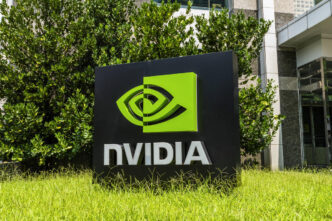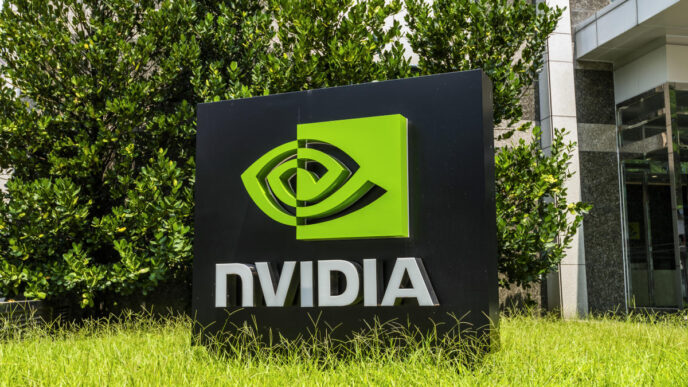European Commission has rolled out new guidelines clarifying the definition of an “AI system” under the EU Artificial Intelligence Act. This update comes as part of the AI Act obligations that took effect on February 2, 2025.
The guidelines specify that an AI system is:
-
Machine-based: Encompassing traditional and emerging systems, including quantum computing. Even some biological systems qualify if they can perform computational tasks.
-
Autonomous: AI systems must operate independently to some extent. Full manual control systems are excluded.
-
Adaptive: Systems may adjust their behavior after deployment, although this is not mandatory.
-
Goal-oriented: They have explicit or implicit objectives that dictate their operation.
-
Inferential: These systems need to infer outputs from input data using AI techniques.
-
Output-focused: Outputs can be predictions, new content, recommendations, or decisions made by the AI.
- Environment-interactive: AI systems actively influence both physical and virtual environments.
The guidelines also state that simpler software systems don’t qualify as AI, citing examples like basic data processing tools.
The Commission aims to create clarity as the regulatory landscape around AI continues to evolve. For ongoing updates on AI regulation, the Covington team is available to assist with inquiries.
"The guidelines provide explanatory guidance on each of these seven elements."
— European Commission














